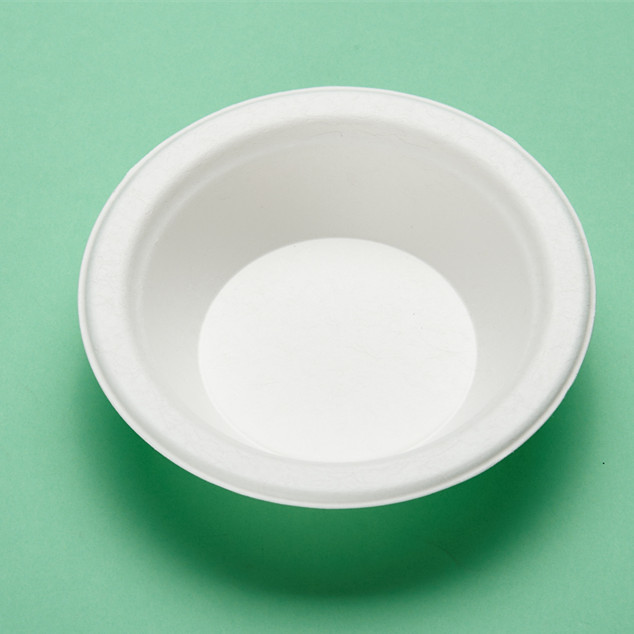Introduction
The biodegradable tableware industry is rapidly evolving, with new materials emerging that promise even greater environmental benefits. While cornstarch and bamboo have been the mainstays, the future looks bright with the development of innovative materials such as seaweed, mushroom mycelium, and even bioplastics derived from algae. These materials not only offer a sustainable alternative to traditional plastics but also provide new textures and aesthetics, expanding the appeal of biodegradable tableware to a broader market.
Advanced Manufacturing Techniques
Innovations in manufacturing techniques are also set to revolutionize the biodegradable tableware industry. Advanced 3D printing technologies are enabling manufacturers to produce complex designs with minimal waste. This not only reduces the environmental footprint of production but also allows for greater customization, catering to the unique needs of different consumers and businesses. Additionally, improvements in molding and forming processes are increasing the durability and functionality of biodegradable tableware, making it a viable option for a wider range of applications.
Enhanced Biodegradability and Compostability
As the industry advances, the focus is shifting towards enhancing the biodegradability and compostability of products. Research and development efforts are aimed at creating tableware that breaks down faster and more completely, even in less-than-ideal composting conditions. Innovations such as the incorporation of enzymes and microorganisms into the materials are being explored to accelerate the decomposition process. This ensures that biodegradable tableware not only reduces waste but also contributes positively to soil health when composted.
Sustainable Supply Chains
The future of biodegradable tableware is also intertwined with the development of more sustainable supply chains. Companies are increasingly looking to source raw materials locally to reduce the carbon footprint associated with transportation. There is also a growing emphasis on ensuring that the cultivation and harvesting of these materials do not negatively impact local ecosystems. By building more sustainable and ethical supply chains, the industry is working towards a holistic approach to environmental stewardship.
Regulatory Support and Consumer Awareness
Government regulations and consumer awareness are pivotal in shaping the future of biodegradable tableware. With increasing regulatory support for single-use plastic bans and incentives for sustainable alternatives, the adoption of biodegradable tableware is set to rise. Moreover, as consumers become more environmentally conscious, their demand for sustainable products is driving innovation and growth in the industry. Educational campaigns and clear labeling are also helping consumers make informed choices, further bolstering the market for biodegradable tableware.
Integration with Circular Economy Models
Finally, the future of biodegradable tableware lies in its integration with circular economy models. Companies are exploring ways to design tableware that can be reused multiple times before biodegrading, thereby maximizing the utility of the resources used. Additionally, initiatives such as take-back programs, where used tableware is collected and composted by the manufacturer, are gaining traction. These models not only enhance sustainability but also foster a deeper connection between consumers and the lifecycle of the products they use.
In conclusion, the future of biodegradable tableware is marked by exciting trends and innovations that promise to enhance its environmental benefits, functionality, and appeal. As new materials and manufacturing techniques emerge, and as sustainable practices become more integrated into supply chains, the industry is poised to make a significant impact on reducing plastic waste and promoting a greener planet.





Comments